Getting direction from your maps
As we head into another harvest, it's important to get your bearings and plan your route ahead for the next and following cropping years. The concept of 'mapping your future' isn't new to everyone, but it has grown in significance following recent announcements about the Environment Land Management (ELM) scheme and the Sustainable Farming Incentive (SFI). In fact, specific 'standards' or 'land management actions' have been highlighted as a key part of the SFI and monitoring activity and results is central to the scheme.
So, how can map layers, like those available in our MySOYL application, help you to understand what is happening in your fields and more importantly, how can they help you plan for the future? In this blog I will look at how maps can be used to identify, investigate and inform you of what is occurring on your land.
Identification
With harvest upon us, yield maps are a logical place to start. Of course, yield is not always 'king' but monitoring it does give a good insight into your marketable output.
Yield maps can tell you much more too, including how crop performance varies across your farm. One of the first things many of us will pick out are those areas we feel are underperforming. These can be easily identified on your map and, with considered advice from our team, you can then start thinking about the options for those areas going forward.
As well as those 'problem' areas, it is equally important to look at the high-performing areas too. If they have consistently yielded above expectation, you may want to consider checking whether you have sufficiently replaced any nutrient removed. Similarly, where grain quality is a factor, such as in milling wheats, you could look at your nitrogen planning to ensure you are hitting premiums.
For those without yield mapping, all is not lost. Instead, you can use biomass imagery.
While biomass imagery will not tell you your final yields, it does allow you to identify crop variation come harvest and you can still make assessments on nutrition and performance. The benefit of biomass imagery is that you can view it throughout the year to track crop progress too. By looking at images from past seasons, you can identify any long-term trends. It is also worth remembering that biomass images can be viewed for any crop, be it stewardship plots, wheat, or grass leys.
Investigation
While yield and biomass maps are useful for identifying crop growth and yield variations, even greater understanding can be gained from maps that help you investigate those trends.
Take soil nutrient maps as an example, if you have identified areas that are underperforming when you compare them with your nutrient maps, it may be easy to spot a soil nutrient deficiency or a pH issue. Picking up these areas is far easier when you have them mapped as you don't have to look through a spreadsheet or sheets of soil sampling results.
Informing
Maps can also be used as a way of informing how or where future management changes can be made. Relatively simple examples include electroconductivity and soil type maps.
You can use these to help determine your future seed rates, as well as different cultivation strategies. Using the maps, you can make cultivation plans for each field or selectively cultivate within fields.
It may be that you decide it is beneficial to consider incorporating cover crop mixes; perhaps looking at deep-rooting species in heavier soils to ease compaction concerns.
If carbon management is of interest, you could identify the soil types that will support higher levels of carbon storage, or simply ensure you sample representative soil types for your soil carbon audit.
If you are looking at benchmarking and planning for the future in light of the reductions to Basic Payment Scheme (BPS) payments and the incoming ELM scheme, you could take a close look at how all the factors mentioned are affecting your bottom line.
Again, this kind of of montoring may have involed reems of paperwork and spreadsheets previously but, because your financial return can vary within your fields, utilising maps to read the data can be much more efficient.
For example, profit margin mapping can add another level of detail to your decisions as it can help you to assess the profitability and sustainability of your rotation, as well as potential areas to place into current or future environmental schemes.
If you are already in an environmental scheme or considering entering, it's important to take a holistic approach to ensure your environmental and crop production areas complement each other and, where possible, are mutually beneficial. With our environmental mapping layer – developed with Kings Crops – you can easily see how your agreements sit next to your crop production activities. More importantly, as you make progress you can record evidence and observations to prove your actions and their benefits.
Supporting you on your 'mapping journey'
If mapping is a new style of data analysis for you, or if you are doing some elements but would like to do more, our advisors can support you every step of the way. As outlined, mapping all aspects of your farm data from potash to pounds is a great way to identify, investigate and inform your farm management decisions but it's important to make the most of the information you gather. For guidance or advice with any aspect of mapping or monitoring, our experts will always point you in the right direction to ensure you fully optimise your crop production and environmental insights.
You can find detailed walkthroughs of how to use some of the map types mentioned in this YouTube playlist.
For more information on how mapping can help you and your business, please speak to your Frontier, SOYL or Kings contact or get in touch.
As a subscriber, you’ll receive email alerts each time a new blog is published so you can always stay updated with the latest advice and insights from our experts

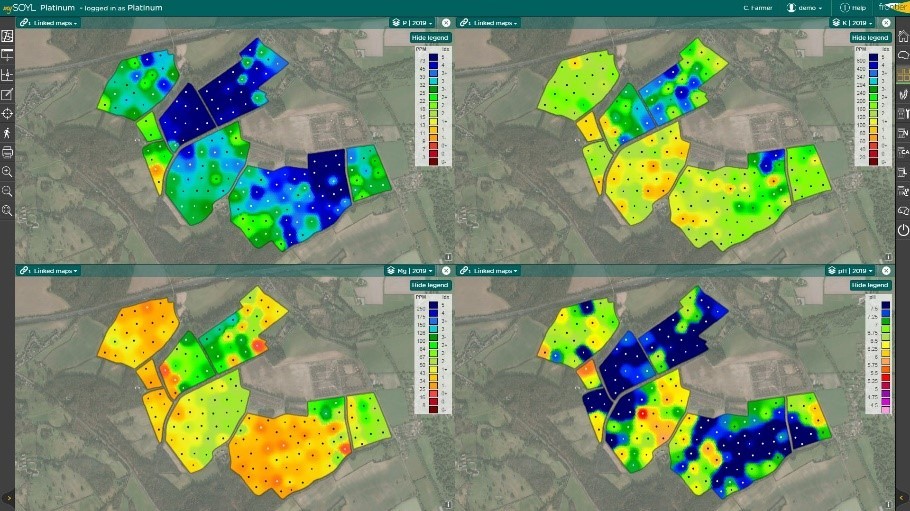
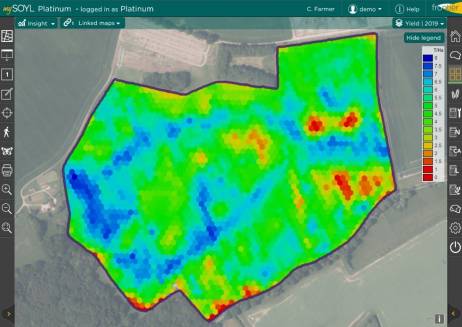
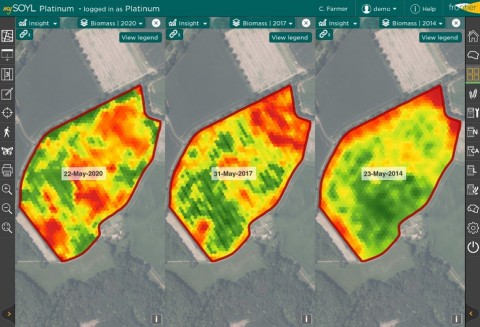
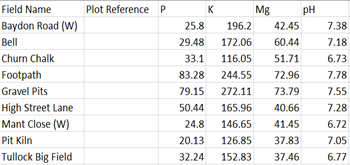
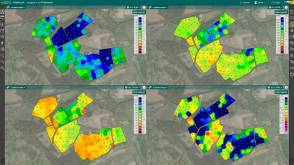
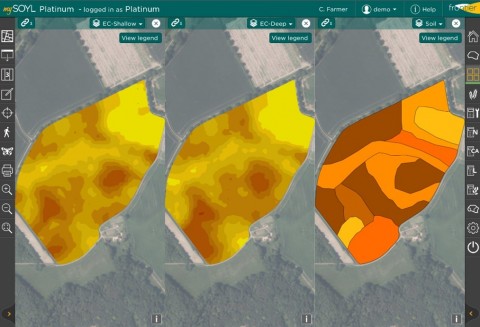
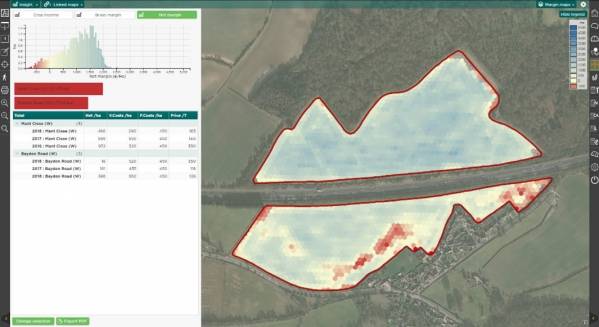
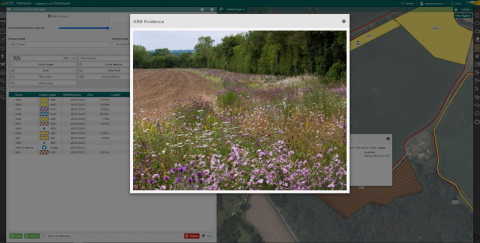

Comments